The Search for a Better Way to Process Prostate Biopsies
Emmanuel Maicas, MD, was a pathologist with an idea. He knew there had to be a better way to process prostate biopsies. Dr. Maicas had a few ideas but not enough time to invent something himself. So, he searched online to see if anyone had come up with a similar product that he could use. That’s when he found the Lumea BxChip. Ecstatic and hopeful, he brought it to the Horizon Moncton lab and encouraged them to try it.
The Lumea BxChip is a one-of-a-kind, engineered tissue-mimetic array that safely holds up to 6 core needle biopsies in a single cassette throughout tissue processing. Dr. Maicas foresaw its ability to help cut some costs and create better efficiencies.
Lab manager James Dixon has research and innovation in his DNA, so he and his team were on board. “The lab staff I work with are extremely motivated. They like trying new things as long as it doesn’t affect their clinical work too much. We saw the BxChip had potential, so we were excited.”
Implementing the Lumea BxChip in the Lab
Dixon and his team began a 3-step validation process to see if the BxChip worked and if it would be worth the cost.
To begin, they tested the BxChip on pig kidneys and liver with a biopsy pen. They ran into three main hurdles they had to figure out before moving on to the next step.
The first issue was that it was an adjustment for the pathologists’ assistants to go from placing biopsies in individual cassettes at grossing to placing biopsies into the straight lanes of the BxChip. Some clinics use Lumea’s BxBoard instead of formalin bottles, which helps the cores stay straight and maintain orientation, making this task easier.
Second, they needed to figure out what to do with cores too long for the BxChip. They decided when they had a core that was too long, they would put it in its own cassette.
Finally, they discovered that due to the absorption properties of the BxChip, they couldn’t leave it to cool too long before cutting because it expands.
“Initially, the techs were a bit stressed out about it, but I said ‘look, guys, it’s either that or cutting twelve blocks separately.’ And they came around pretty quickly,” said Dixon “We all saw early on that the benefits of the BxChip were well worth any hurdles we had to overcome.”
Once they were confident and figured out the best standard of procedures, they moved on to testing biopsies from a human cadaver.
In the final step of their validation, Dixon collected data to determine whether the investment was sound and if it actually reduced overall laboratory costs.
Benefits for Labs
The biggest benefit for the Horizon Moncton lab has been time savings.
Dixon shared that in Canada, they are chronically understaffed for biopsies, and yet surgical cases are rising annually. He calculated that the BxChip saves their lab 1 hr 30 minutes of tech time per patient. It enables his lab to put more energy into quality and better keep up with their workload.
A second benefit of the BxChip for the lab is the cost savings. Their overall cost savings are $75.77 (CAN$101.03) per patient.
The Lumea BxChip proved to be much more beneficial for this lab than they expected. Dr. Maicas is already excited to use Lumea’s new BxChip for GI biopsies, currently in development, to leverage the technology for an even larger portion of the lab.
Benefits for Pathologists
The ability to process an entire case on fewer slides with the BxChip has saved the Horizon Moncton pathologists’ time while improving their quality. They now can spend approximately 50% less in diagnostic time per prostate biopsy case.
In addition, this hospital typically only dual-stains (H&E and Pin4) two slides per case. Now that they’re using the BxChip, every core can be dual-stained in a case without adding cost.
“A pathologist’s biggest fear is missing something. Now, they’re able to economically see all of the cores dual-stained and have more confidence they are giving the correct diagnosis,” said Dixon.
Another added benefit of the BxChip is that it better holds cores on the same plane. At the time of cutting, techs are more likely to get a good, full face of tissue. Dr. Maicas has several examples of slides where he may have missed cancer if he wasn’t using the BxChip.
Download the full case study: Lumea Case Study BxChip Saves $75 per patient
Purchase BxChips from our store today to see the time savings in your lab.
Read about another lab that uses the Lumea technology. Pathologists’ Assistant Wyatt Anthony hated grossing prostate biopsies until he tried it. Now, the BxChip saves his lab time and money.
About Horizon Moncton Hospital’s Pathology Lab
The Horizon Moncton Hospital is the largest regional health group in New Brunswick, Canada. With 12 hospitals and more than 100 medical facilities and offices, their labs process almost 4 million specimens every year, and 2,730 of these are prostate cores.
About James Dixon, Pathology Lab Manager
James Dixon is the Horizon Montcon Pathology Lab Manager, whose experience includes twenty-five years at Mcgill University in Montreal, where he gained experience in digital pathology and an enthusiasm for innovative technologies.
*Data is based on this lab’s use of 2 BxChips (12 cores) per slide. Most labs use 1 slide for each BxChip, so many labs’ cost savings may be somewhat less than this experience, due to the cost of an extra slide and marginal extra time spent at microtomy.

